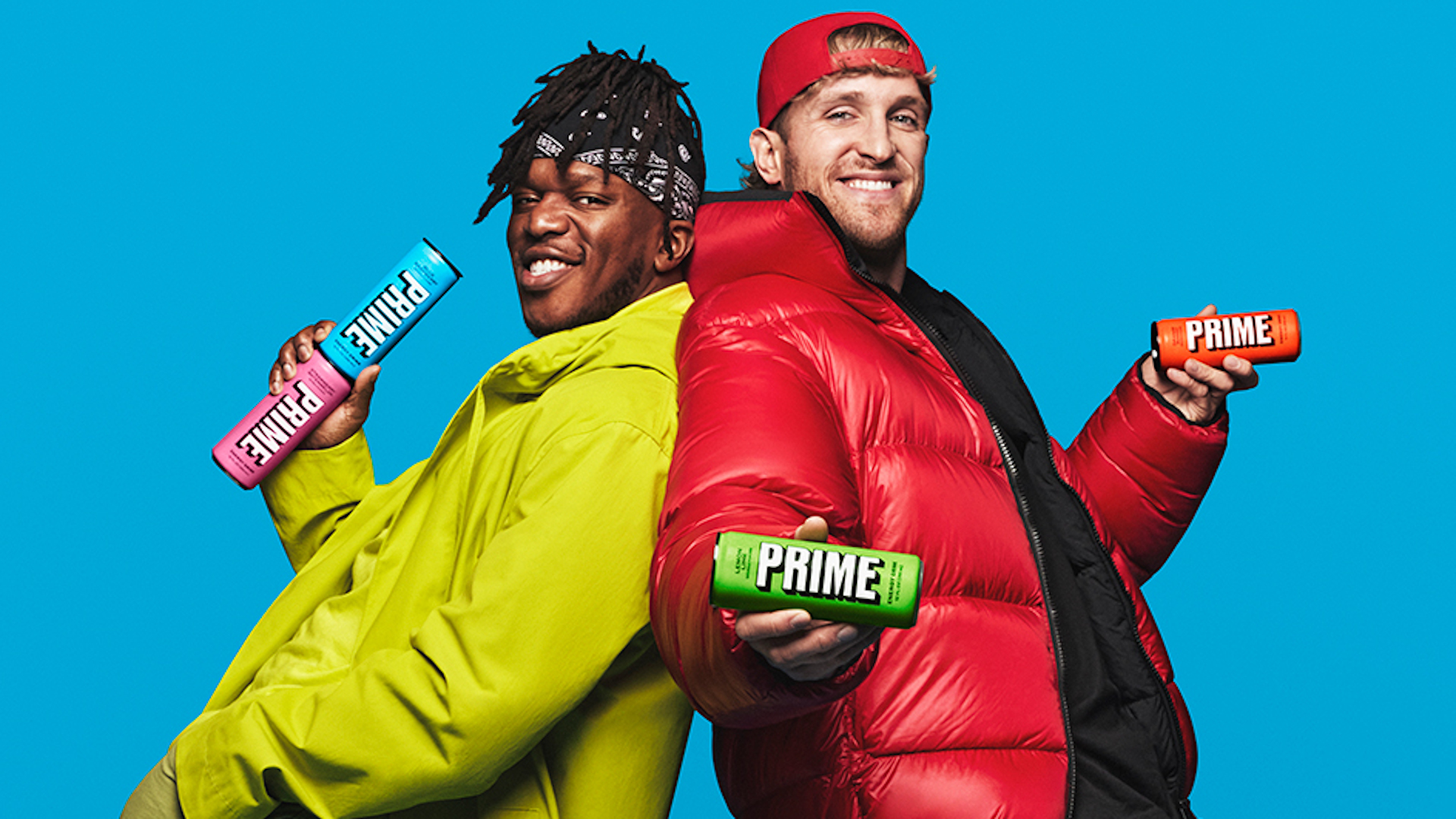
A US senator is sounding the alarm on Logan Paul’s energy drink, Prime. New York’s Chuck Schumer held a press conference on July 9 decrying Prime’s “eye-popping levels of caffeine” and its marketing aimed at kids. Schumer is urging the Food and Drug Administration to formally investigate the drink’s health effects and its advertising (via Kotaku).
“One of the summer's hottest status symbols for kids is not an outfit, it's not a toy—it's a beverage,” Schumer said. “But buyer and parents beware, because it's a serious health concern for the kids it so feverishly targets.”
Prime was co-created by Paul alongside YouTuber KSI, another influencer who likes to box and has a younger-skewing audience. The pair have been heavily promoting Prime since 2022, but the drink didn’t really start getting traction until earlier this year. That’s when I noticed my local corner stores carrying Prime, and it’s also when the largest American television event of the year, the Super Bowl, aired a Prime ad. Soon after, early reports questioning the drink’s nutritional value started appearing.
“The problem here is that the product has so much caffeine in it that it puts Red Bull to shame,” Schumer continued in the press conference. “But unlike Red Bull, [Prime’s] advertising campaign is targeted at kids under 18.”
It’s true: a single 12 oz can of Prime Energy contains 200mg of caffeine, which is in fact double what a 12 ouncer of Red Bull is packing. It's worth specifying that Prime is actually two different products: a “sports drink” that comes in plastic bottles and is advertised more like a Gatorade replacement, and an energy drink variant (launched in 2023) that comes in metal cans like any other energy drink. The sports drink version has zero caffeine and, as far as I’ve seen, seems to be the drink that’s getting most of the marketing.
You’d be forgiven for thinking Prime and Prime Energy are the same drink, though—at a glance, Prime Energy just looks like a smaller version of the sports drink with largely the same flavor selection and nearly identical labels. The biggest difference are the cans themselves, and the tiny text on the Prime Energy can that states that it's "not recommended for children under 18 years."
Prime is hardly unique: We’re currently experiencing a new wave of energy drinks I like to call the “anti-Bang”: drinks that position themselves as light, slightly fizzy pick-me-ups with simple fruity flavors. For people my age and in my zipcode, the equivalent energy drink sensation of the moment is Celsius, which also has 200mg of caffeine and comes in the same 12 oz can. You could argue that Celsius’ small can and unassuming pictures of sliced fruit paint a flawed picture of what you’re drinking.
Paul and KSI are working from the same playbook with Prime, but the main difference is, of course, who they’re selling to.
“Are you talking about Prime?” my 15-year-old cousin knowingly asked over the phone after I broached the subject of energy drinks. I was a little surprised to learn that he was already aware of the difference between Prime the sports drink and Prime the energy drink. He told me he sees ads for Prime very often on TikTok and all of his friends are aware of it. He’s tried both versions of the drink and thinks they’re fine. He wasn’t, however, expecting how strong of a buzz he got from a relatively small can.
My teenage cousin also made sure to note that 16 oz Gfuel drinks, with flavors endorsed by popular influencers and gaming franchises, have an even more intense 300mg of caffeine, something I didn’t know despite drinking several before. This all came as a surprise to my aunt, who was also on the call.
So while Logan Paul is not likely to win awards for being an upstanding citizen any time soon, neither is he the only one challenging kids and adults to consume ungodly doses of caffeine. I wonder if the FDA will start generally restricting energy drink ingredients—the regulating body issued limitations on concentrated caffeine powders as recently as 2018, but it’s not clear if such a limit exists for beverages in the US.
Prime Energy was banned from some Australian schools earlier this year, citing its caffeine volume. It was also pulled from stores in Denmark for exceeding the country’s legal limits on caffeine per 100ml.







